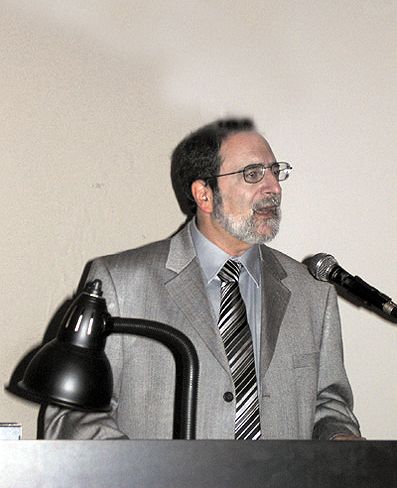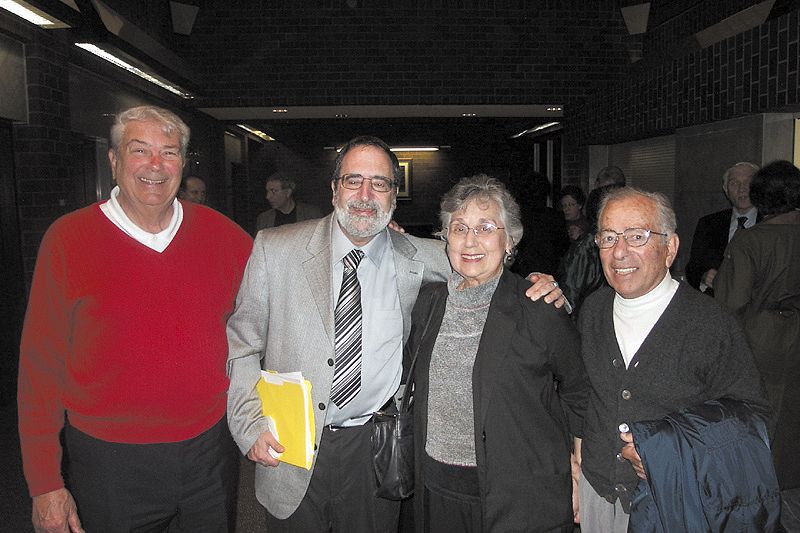Ara Nalbandian
Staff Writer

On March 20th, Dr. Lawrence Baron, Nasatir Professor of Modern Jewish History and Director of the Lipinsky Institute for Judaic Studies at San Diego State University, presented his lecture entitled “Genres of Genocide: Depicting the Armenian, Jewish, and Rwandan Genocides in Feature Films.”
The event was a part of the Spring 2007 Lecture Series presented by Armenian Studies Program at California State University, Fresno.
During his lecture Dr. Baron stated that since people are more likely to watch a film than they are to read a book or take a course, films have a greater chance of exposing viewers to events of historical significance, through a medium that is more attractive and pervasive than traditional methods.
The focus of Baron’s lecture was on how historical films portray the events of the Armenian, Jewish, and Rwandan Genocides. Dr. Baron compared and contrasted the themes and images used in particular feature films through short video clips that intrigued and at times rattled his captivated audience.
Baron presented clips from Holocaust movies such as “Schindler’s List” (1993), “My Mother’s Courage” (1995), “Assignment Berlin” (1998), and “Uprising” (2001). In each case, common images such as shots of concentration camps, identification number tattoos, and billows of smoke were pointed out by Baron as being universally identifiable Holocaust images. Similarly, images of machetes were used in depicting the Rwandan genocide in films such as “Hotel Rwanda” (2004) and “Sometimes in April” (2005).

The Armenian Genocide films that were highlighted by Dr. Baron included “Ravished Armenia” (1919), “The Forty Days of Musa Dagh” (1982), “Mayrig” (1991), and “Ararat” (2002). However, the images used in these Armenian Genocide films were less universally identifiable than those used in Holocaust films. These included shots of Mount Ararat, churches, crosses, scenes of women being raped, and death marches. Baron also noted that although most Holocaust films do not deal with the denial of the Holocaust, most Armenian Genocide films tend to center around Genocide denial.
According to Dr. Baron, there have been roughly 900 Holocaust films made, while only 10 Armenian Genocide films were made during that same time period. Baron blames this disparity on the continued pressure from the Turkish government on motion picture studios. To this day the Turkish government continues to deny perpetrating the 1915 genocide of 1.5 million Armenians.
Dr. Baron stated that he originally became interested in presenting this material after seeing how a Holocaust scene was depicted in the film “X-Men” (2000), which was based on the classic comic book of the same title. In the film, the character Magneto is a Holocaust survivor with mutant powers. In a short flash back scene, Magneto is shown as a young child in a concentration camp. Baron explained that even though the film briefly presented this Holocaust scene, audience members could easily identify the context of the event because of the images and themes used that are common in all Holocaust films.
Following Dr. Baron’s multimedia based presentation, it was clear to see that films do indeed posses a greater power to increase the general population’s awareness of certain issues than conventional mediums. After all, most of today’s youth are more likely to learn about such events in history from seeing it in a movie than they are from researching it on their own.
 Hye Sharzhoom Armenian Action
Hye Sharzhoom Armenian Action